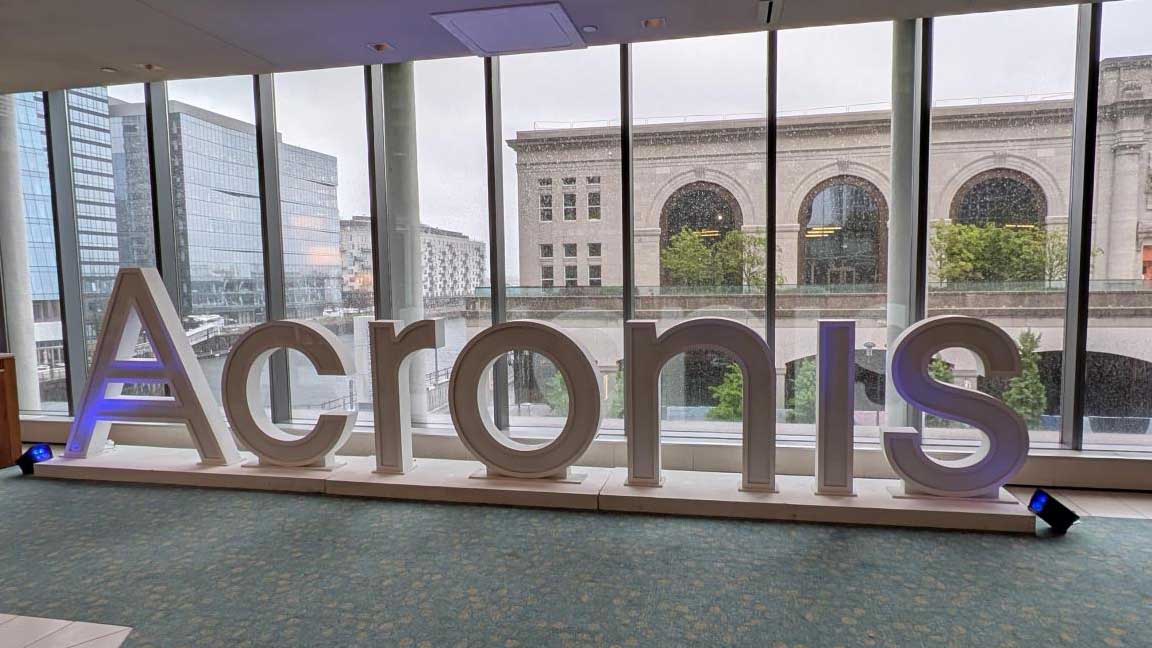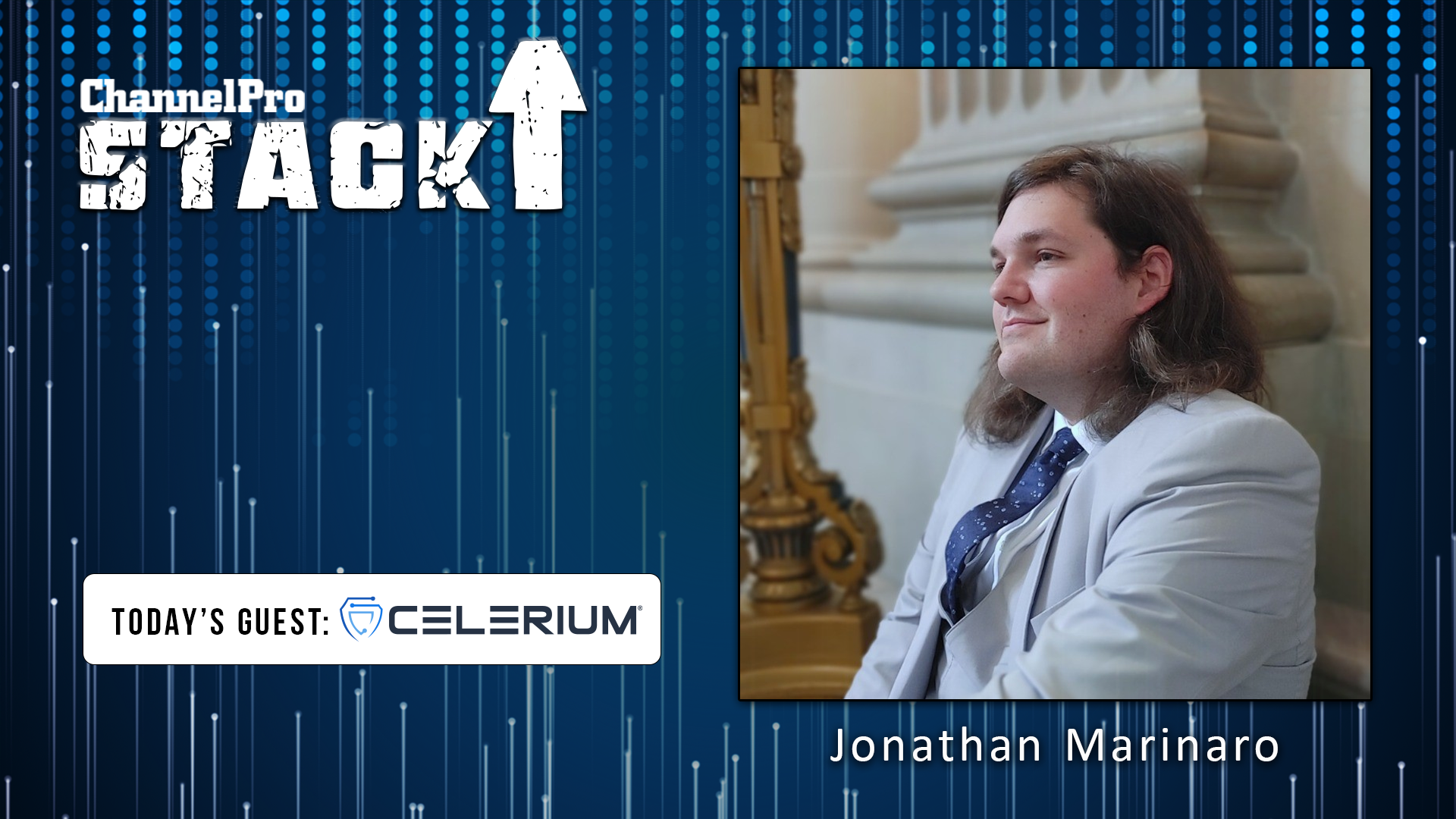QUARTERLY BUSINESS REVIEWS are an essential part of maintaining durable, profitable relationships with clients. Yet, some channel pros still don’t bother with them, and many more don’t make the most of them. We talked to three industry experts who concur: It’s time to get your QBR game on point.
What a QBR Is Not
Quarterly business reviews are recurring, sequential meetings that MSPs conduct with their SMB clients to discuss the past (“how we’ve been doing”), the present (“here’s what we’re working on”), and the future (“here’s what we’re facing and our recommendations”). While that may seem straightforward, too many MSPs make the mistake of turning every meeting into a sales pitch.
Angel R. Rojas Jr., CEO of Brandon, Fla.-based Data Corps Technology Solutions, has been conducting QBRs with MSP clients for more than 20 years, and says his success has come from explicitly “not trying to sell at these meetings. … I had a colleague who used to say, ‘If you behave like a salesperson, expect to be treated like one.'”
He concedes, “Yes, in all reality, a QBR is a sales meeting, but if you go there and you sell, you’re no longer that educational partner.”
A QBR should also not be a time for self-congratulation. “QBRs are not about the MSP’s performance,” explains veteran channel sales consultant Vernon Harrison of CRO Leader. “A business review should be where the MSP defines and reviews how they are using technology to help the client’s own business objectives. You make a business review to talk about their business, not to talk about yourself.”
Erick Simpson, a channel consultant with more than 25 years’ experience as an enterprise CIO, VAR, and MSP, sees the self-congratulations model undermining QBRs all the time.
“There’s a misconception the QBR is a meeting to prove you’ve done what you’re supposed to do: ‘Here are the reports from my monitoring and ticketing systems.’ But that’s failing to see the value of these meetings,” Simpson explains. “When I had my MSP years ago, I would say, ‘Any service provider can manage and maintain your firewalls, servers, and desktops. But the reason clients stay with us is the strategic value we bring to help them realize their business growth visions.”
It’s that “vision” that should be the focus of the QBR.
A QBR Is All About Value
All three experts agree that the best QBRs are those that underscore the MSP’s relationship with the end-user client as a “trusted adviser.” That means treating the QBR as a strategic planning session.
For instance, you can use the QBR “to gather feedback to adjust services,” Rojas says.

Angel R. Rojas Jr.
These meetings also provide the insight and information to make budgeting and planning decisions, says Simpson, who adds, “You’re roadmapping for growth. Align technology solutions and services to meet the changes of that growing business.”
While providing information and data that validate what you’re doing is fine, Simpson continues, don’t devote the entire meeting to that. “The true business relationship is built around that value you bring from a strategic perspective,” he stresses.
Harrison takes it a step further. “The best MSPs use the meeting to talk about the client’s industry and how technology can beat or buck any bad trends on the horizon and what obstacles the client needs to be aware of.”
The true objective of a QBR, he adds, is to “contribute to the client’s business strategy and, at a minimum, understand it to assure technology is an enabler, not an obstacle.”
QBRs also present an opportunity to learn about “big changes” as well as opportunities, notes Harrison. “In the past, when the technology team roamed the halls as in-house employees, it was easy to know what was happening outside of infrastructure speeds and feeds. If you worked and had lunch there, there’s a real good chance challenges would arise, and you’d say, ‘We can help with that.'”
Since MSPs aren’t on-site regularly, the QBR is “the client’s turn to report on what they’re doing,” Harrison continues. “If there’s a project coming up or a new strategy, learn about that business and try to add value. That’s what you’re there for.”
That heads up about upcoming changes and challenges will save money, too, for both the MSP and the client. Knowing what can and should be implemented in advance will avoid budget “gotchas,” Harrison says, “and can often contribute to the escalation of a strategy.”
Time Is Money
Not all clients are the same, and not all QBRs need the same time or frequency. A typical QBR lasts 30 to 60 minutes (sometimes more, depending on the scope). Harrison tends to see QBRs run on the shorter side if there are “no major strategic plans on the horizon.”
And despite the word “quarterly” in the popular parlance, business reviews can take on any number of recurring patterns.
“It’s a touchpoint,” Rojas says of his company’s business review meetings. “It could be an annual review or a biannual review. It really depends on the client.” While quarterly meetings are generally the “recommended cadence,” Rojas admits a quarterly meeting may be too often for some clients while others “may want it monthly.”
For Simpson, the recurring business review may not even be done at all. It all depends on the client. “Don’t get locked into having to do these each quarter for every client. It’s more customized. Take a more strategic perspective.”
For example, every MSP has A, B, and C clients. “You want to spend most of your time with your A client,” he says. “You wouldn’t be doing QBRs with your C clients that aren’t growing and don’t have a budget.”
No matter the frequency, Simpson says MSPs should work hard to “identify the opportunity to add more value.” He adds, “Review and analyze from a workflow and user-challenge perspective” all the opportunities—and be prepared to bring that information to the meeting.

Erick Simpson
Moreover, he reminds MSPs to keep QBRs profitable. That’s why he suggests including virtual CTO (or CIO) services at a billable rate within your managed services agreement, and then billing QBR time against that. “We’re going to patch and monitor and provide service desk, but also include x number of strategic business planning meetings with our virtual CIO or CTO,” he illustrates. “You’re getting paid for these meetings if you incorporate the cost in your service agreement.”
Speak to Decision Makers
When it comes to setting up a business review, getting the right people around the table is key.
“I want the business owner at the QBR,” Rojas says unequivocally. “When I can have an honest, sincere, and candid conversation with the business owner, we can get a lot accomplished.” He adds a bit ruefully, “If they don’t care about their business strategy, then I’m not the MSP for them.”
Harrison agrees. “I like my owners to go. They’re the business-minded people,” he says. “I find when you’re sending your owners to QBRs, you become a trusted sounding board.”
Developing a rapport with the business owner manifests in sidebar conversations that go well beyond tech talk, Harrison explains. Some of his best clients over the years have called him for insight into HR questions, real estate opportunities, new markets, or products—the sort of “big ideas” that only close business partners would typically hear about. Harrison fields these calls and offers clients what he refers to as “street advice.” If you entertain those requests and take them seriously, he says, “you’ll get a seat at the table every time.”
MSP owners should attend the QBRs themselves. Client success managers or account managers can attend, but not to sell. “The person responsible for the account should be involved,” Rojas says, “to not make the client feel like the salesperson just makes the sale and moves on.”
Preparation and Follow-Up
Failure to prepare properly for the QBR is a common mistake, Simpson says. “If you’re just showing up, you’re eroding the value,” he warns.
His business reviews tend to follow a strict agenda template. It includes a “Vision” section with short- and long-term goals, current and forthcoming business challenges, and technology solutions. It also reserves time to present strategic decisions and considerations, action items, and survey results.
“I have a one-page agenda. It’s simple,” Simpson says. “And there’s always an agenda item about budget.”
In addition, Simpson surveys the end users to ask about their workflows. “I then bring that information to the business owner to look at how efficient or productive they are.”
Rojas, like Simpson, is also a firm believer in a traditional agenda. His company uses two key tools to prepare them: the sales presentation system audIT and automation platform CloudRadial.
“CloudRadial enables me to organize the agenda items by quarter,” he explains. “If we need printers, for example, we can add the recommendations, and I can look at their planner and drag it there.” He then uses the audIT software to “show the value.”

Vernon Harrison
Harrison, for his part, is OK with business review meetings that are more casual in nature. “It’s often [the client’s] meeting,” he says. “I don’t bring a presentation; I’m there. I’m prepared to respond. But for the most part, it’s to hear what they’re doing.”
With an agenda or without one, all three experts support follow-up communications.
“AARs [after-action reports] should quickly follow any meeting,” Harrison says, “and they should include a list of to-dos, who will be responsible, and timeline expectations. I always end mine with, ‘Please correct any errors in my assumptions.'”
Dealing with Tough Questions
It’s not uncommon for a business review to contain some uncomfortable moments. Maybe a business owner is displeased with your service. Maybe there was a specific incident. In these circumstances, Harrison advocates for a “time out” of sorts.
“If your back is against the wall, it’s OK to indicate you’re not prepared to respond,” he says. “Discuss it briefly, and then say you’ll get back with solutions. If you’re blindsided with quality of service or anything that’s negative, I would ask for an opportunity to do a thorough investigation and then quickly reconvene.”
Rojas tries to keep any “blindsiding” complaints to a minimum by remaining in regular contact with clients. “If you’re waiting three months to have difficult conversations, you’re going to get fired.”
Keep Them Fun, But Regular
At the end of the day (or quarter, as it were), QBRs are about developing a relationship.
“I prefer to make these meetings as happy as possible,” Rojas says. Key to that happiness, he believes, is the ability to speak face-to-face with clients rather than “hiding behind email and text messages.”
Harrison agrees, favoring in-person meetings over phone or video calls. To keep clients engaged in-person, he urges MSPs to consider various locations for hosting QBRs, such as a tour of your workspace or converging at an off-site, third-party location. “If it turns out a business owner is going to Myrtle Beach, maybe you can meet him there.”
But however—or wherever—QBRs are held, the key is committing yourself to holding them on a regular basis with your most valuable clients.
“I’ve heard everything from ‘QBRs are a waste of time’ to ‘I can’t get my clients to do them,'” Harrison laments. “But I can’t imagine having a client if you don’t have a structured review timeline.”
The bottom line, everyone agrees, is that a regular business review will help retain customers.
“How can you support a client if you don’t sit down with them at least a couple times a year?” Harrison asks. “I challenge any MSP who doesn’t spend time with the client on a leadership level to explain how they know that client is not shopping around.”
Image: iStock














